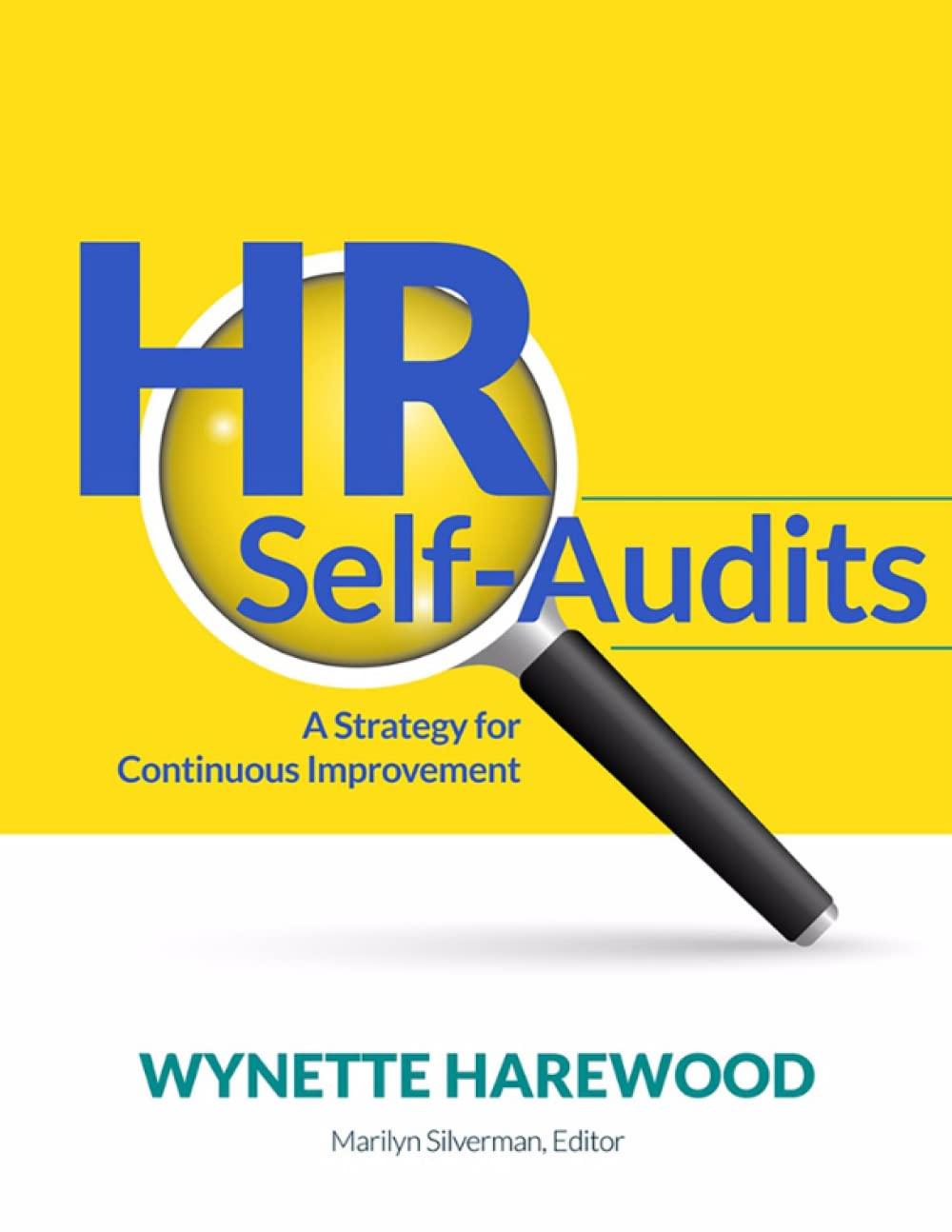Question
QUESTION 1 Liabilities are future economic benifits. are existing debts and obligations. possess service potential. are things of value used by the business in its
QUESTION 1
Liabilities
| are future economic benifits. | ||
| are existing debts and obligations. | ||
| possess service potential. | ||
| are things of value used by the business in its operation. |
0.5 points
QUESTION 2
Owner's equity can be described as
| creditorship claim on total assets. | ||
| ownership claim on total assets. | ||
| benefactor's claim on total assets. | ||
| debtor claim on total assets. |
0.5 points
QUESTION 3
Revenues are
| the cost of assets consumed during the period. | ||
| gross increases in owner's equity resulting from business activities. | ||
| the cost of services used during the period. | ||
| actual or expected cash outflows. |
0.5 points
QUESTION 4
Credits
| decrease both assets and liabilities. | ||
| decrease assets and increase liabilities. | ||
| increase both assets and liabilities. | ||
| increase assets and decrease liabilities. |
0.5 points
QUESTION 5
A debit to an asset account indicates
| an error. | ||
| a credit was made to a liability account. | ||
| a decrease in the asset. | ||
| an increase in the asset. |
0.5 points
QUESTION 6
A balance sheet shows
| revenues, liabilities, and owner's equity. | ||
| expenses, drawings, and owner's equity. | ||
| revenues, expenses, and drawings. | ||
| assets, liabilities, and owner's equity. |
0.5 points
QUESTION 7
An income statement
| summarizes the changes in owner's equity for a specific period of time. | ||
| reports the changes in assets, liabilities, and owner's equity over a period of time. | ||
| reports the assets, liabilities, and owner's equity at a specific date. | ||
| presents the revenues and expenses for a specific period of time. |
0.5 points
QUESTION 8
The revenue recognition principle dictates that revenue should be recognized in the accounting records
| when cash is received. | ||
| when it is earned. | ||
| at the end of the month. | ||
| in the period that income taxes are paid. |
0.5 points
QUESTION 9
The matching principle matches
| customers with businesses. | ||
| expenses with revenues. | ||
| assets with liabilities. | ||
| creditors with businesses. |
0.5 points
QUESTION 10
If the adjusting entry for depreciation is not made,
| assets will be understated. | ||
| owner's equity will be understated. | ||
| net income will be understated. | ||
| expenses will be understated. |
0.5 points
QUESTION 11
Closing entries that reset accounts to a zero balance are necessary for
| permanent accounts only. | ||
| temporary accounts only. | ||
| both permanent and temporary accounts. | ||
| permanent or real accounts only. |
0.5 points
QUESTION 12
Under a perpetual inventory system, acquisition of merchandise for resale is debited to the
| Merchandise Inventory account. | ||
| Purchases account. | ||
| Supplies account. | ||
| Cost of Goods Sold account. |
0.5 points
QUESTION 13
Which of the following accounts has a normal credit balance?
| Sales Returns and Allowances | ||
| Sales Discounts | ||
| Sales | ||
| Selling Expense |
0.5 points
QUESTION 14
Merchandise inventory is
| reported under the classification of Property, Plant, and Equipment on the balance sheet. | ||
| often reported as a miscellaneous expense on the income statement. | ||
| reported as a current asset on the balance sheet. | ||
| generally valued on the books at the price for which the goods can be sold. |
0.5 points
QUESTION 15
Overstating ending inventory will overstate all of the following except
| assets. | ||
| cost of goods sold. | ||
| net income. | ||
| owner's equity. |
0.5 points
QUESTION 16
Cash from sales of merchandise will be recorded in the
| purchases journal. | ||
| sales journal. | ||
| cash receipts journal. | ||
| general journal. |
0.5 points
QUESTION 17
Under the direct write-off method of accounting for uncollectible accounts, Bad Debts Expense is debited
| when a credit sale is past due. | ||
| at the end of each accounting period. | ||
| whenever a pre-determined amount of credit sales have been made. | ||
| when an account is determined to be uncollectible. |
0.5 points
QUESTION 18
The allowance method of accounting for uncollectible accounts is required if
| the company makes any credit sales. | ||
| bad debts are significant in amount. | ||
| the company is a retailer. | ||
| the company charges interest on accounts receivable. |
0.5 points
QUESTION 19
The balance in the Accumulated Depreciation account represents the
| cash fund to be used to replace plant assets. | ||
| amount to be deducted from the cost of the plant asset to arrive at its fair market value. | ||
| amount charged to expense in the current period. | ||
| amount charged to expense since the acquisition of the plant asset. |
0.5 points
QUESTION 20
The book value of an asset is equal to the
| asset's market value less its historical cost. | ||
| blue book value relied on by secondary markets. | ||
| replacement cost of the asset. | ||
| asset's cost less accumulated depreciation. |
0.5 points
Step by Step Solution
There are 3 Steps involved in it
Step: 1

Get Instant Access to Expert-Tailored Solutions
See step-by-step solutions with expert insights and AI powered tools for academic success
Step: 2

Step: 3

Ace Your Homework with AI
Get the answers you need in no time with our AI-driven, step-by-step assistance
Get Started


